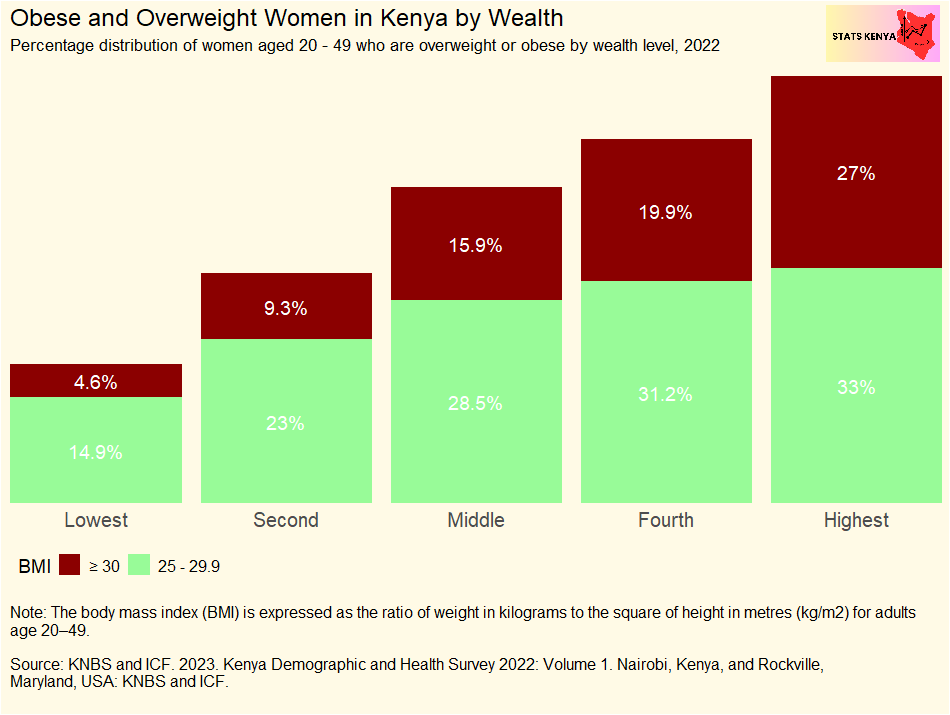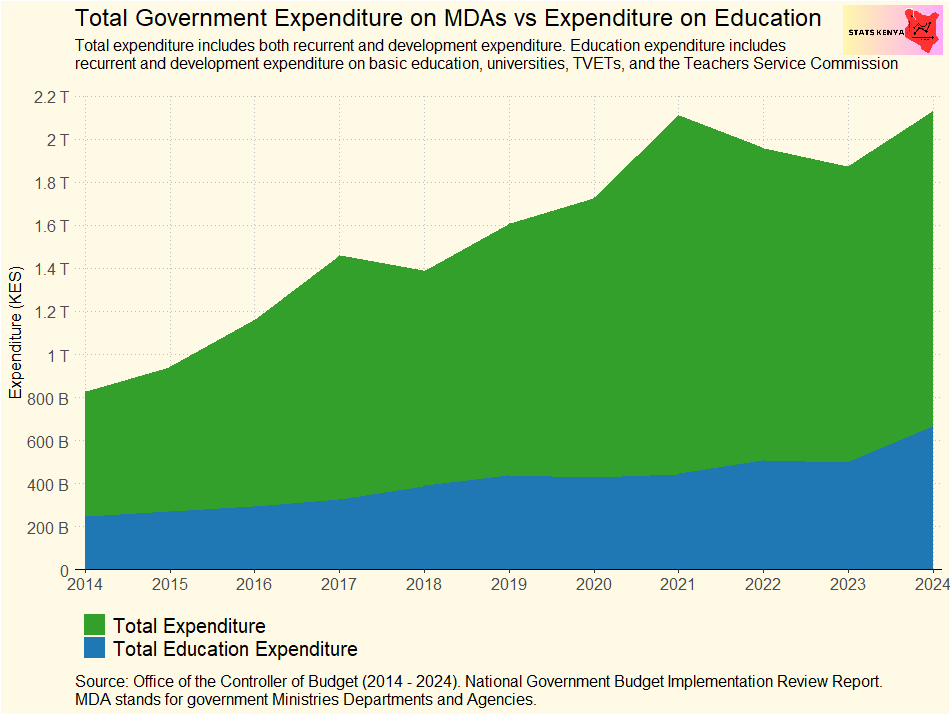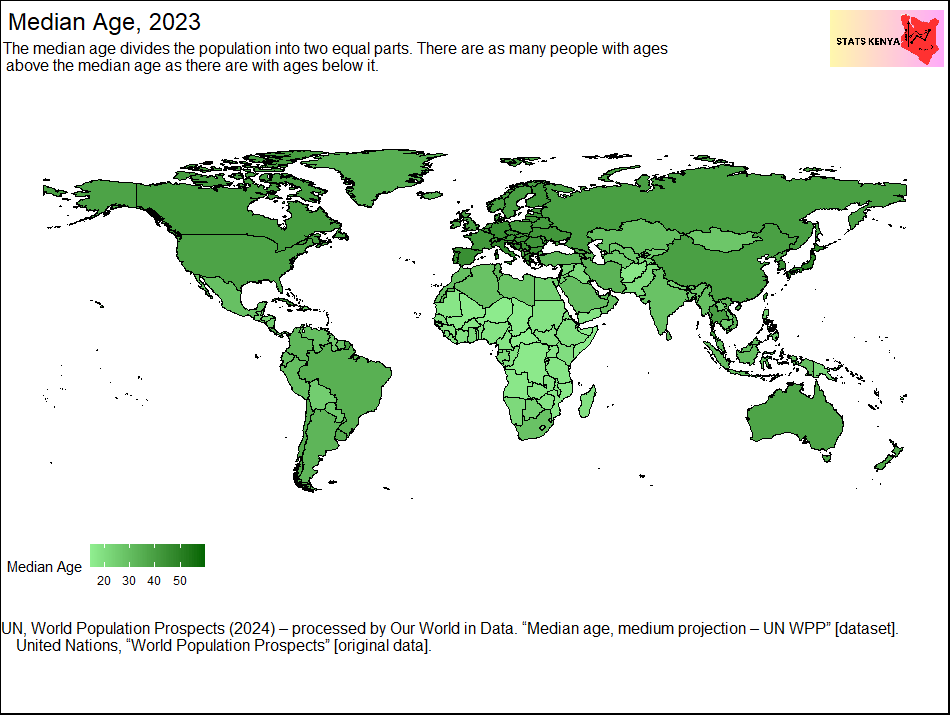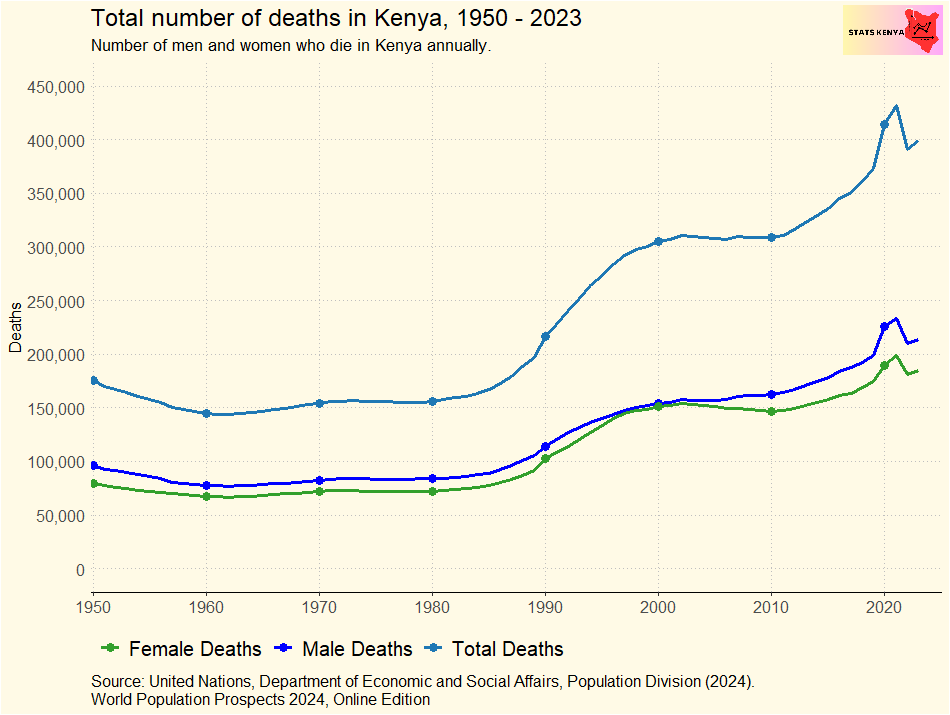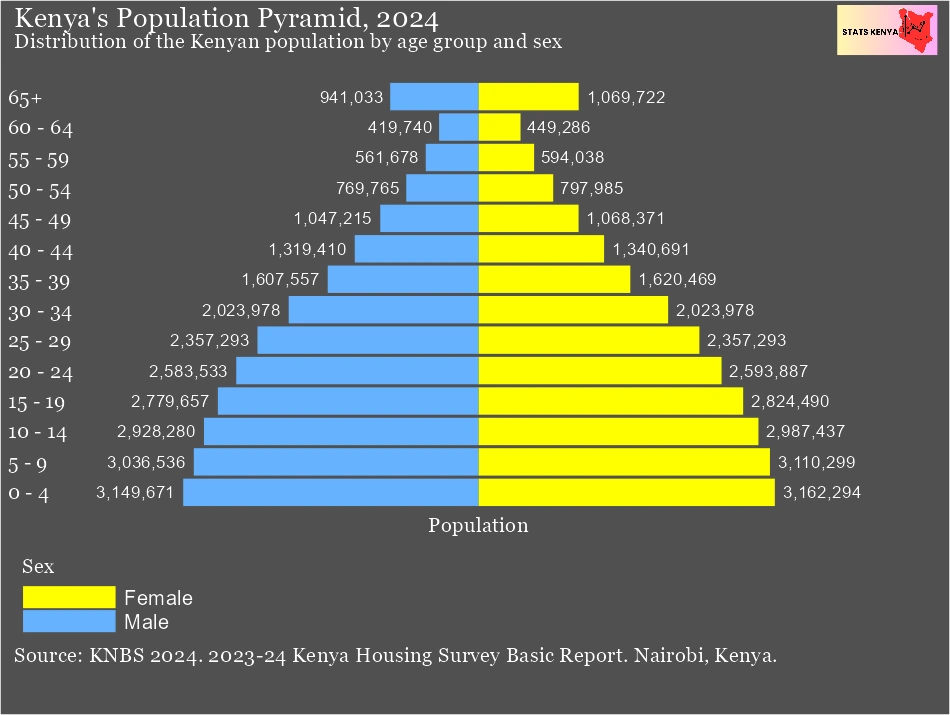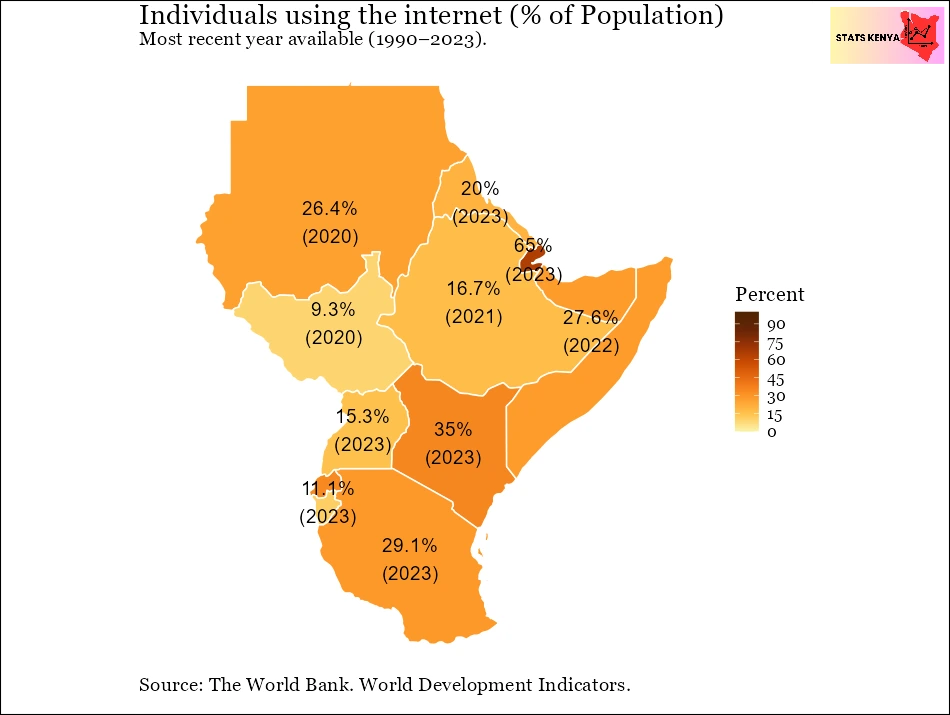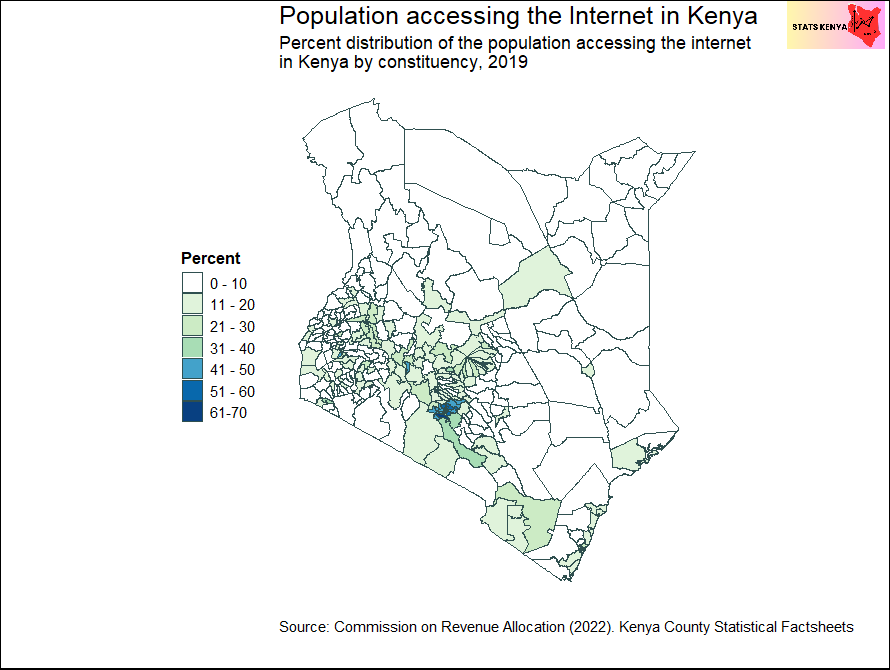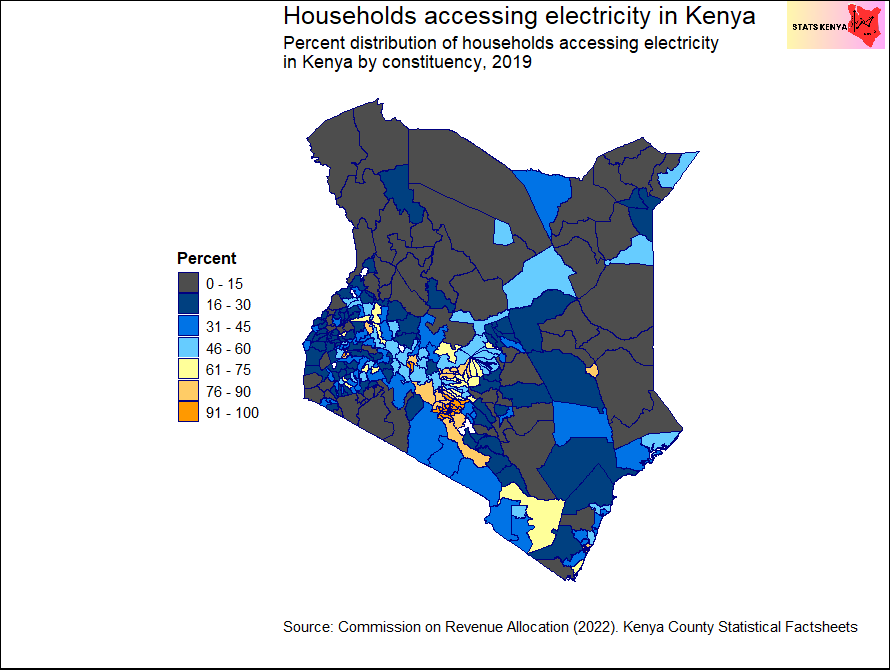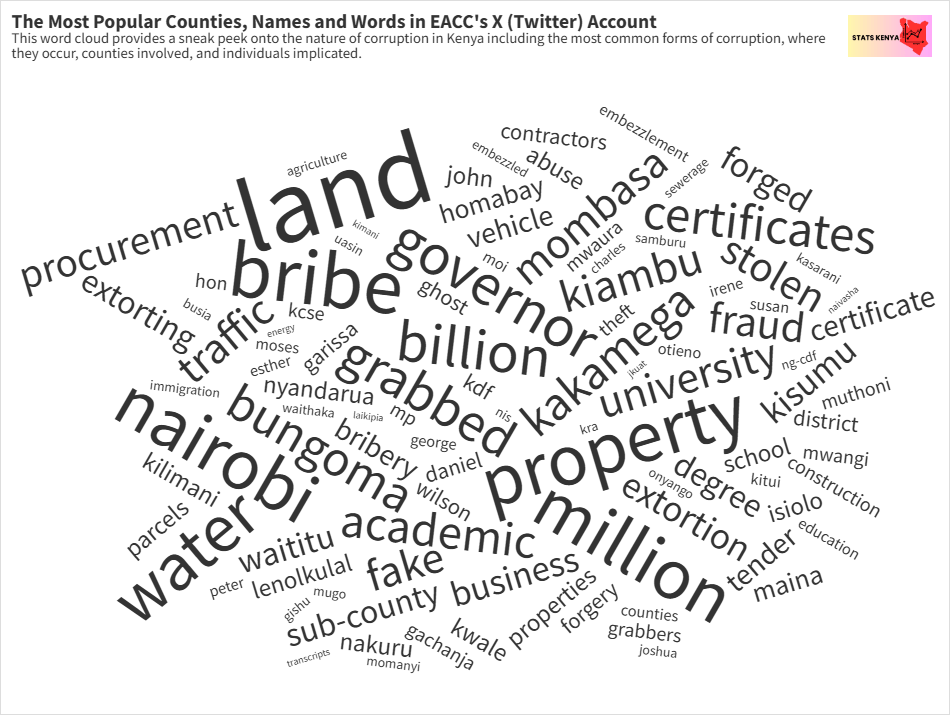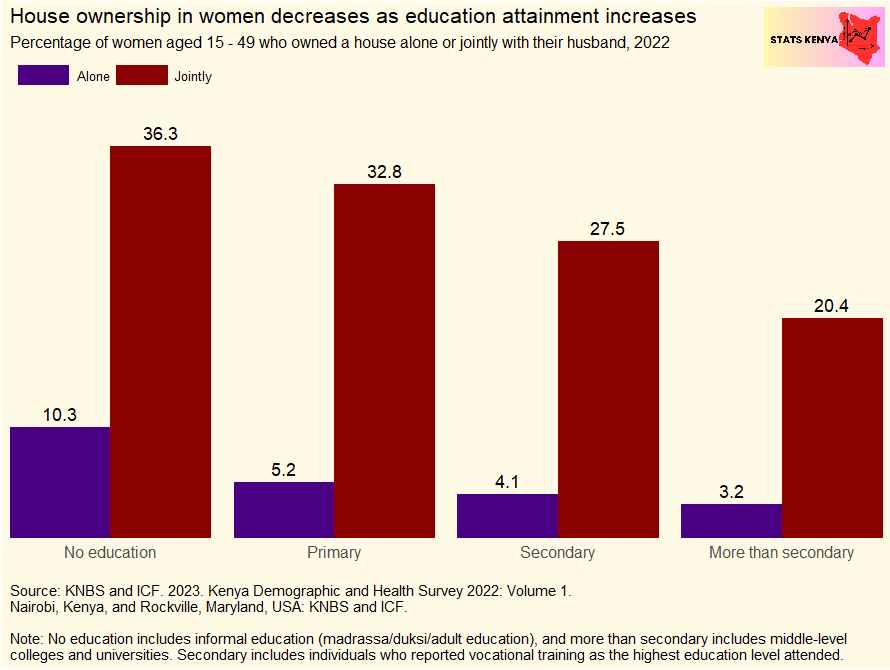Stats Kenya- Bringing Data to All Kenyans
Explore
Prevalence of Obesity Among Women in Kenya by County
Overweight and obesity are indicators of a population's health and nutritional status. They are measured using the Body Mass Index (BMI), which is assessed based on a person's weight and height.
BMI is defined as the body mass divided by the ...
National Government Expenditure on Education in Kenya
Every year, the government of Kenya spends the money it collects from taxes, loans, and other sources to run its operations, conduct routine maintenance activities on existing infrastructure, develop critical sectors, and pay salaries and benefits to its employees.
Education is ...
Kenya Median Age in Years - Stats Kenya
The median age is the age that divides the population into two equal parts such that there are as many people with ages above it as there are people with ages below it.[1]
According to the UN World Population Prospects, ...
Number of Deaths in Kenya per Year - Stats Kenya
Every year, people die in Kenya from a wide variety of causes, including disease, accidents, homicides, suicide, and other natural causes. These deaths are recorded and can be used to inform health and social policy.
Additionally, knowing the number of deaths ...
Age Structure in Kenya: Number of People by Age and Sex
Age structure is the distribution of people across various age categories. It is visualized using an age pyramid, whereby males and females of specific age groups are plotted side by side.
According to the Kenya Population and Housing Census 2019, the ...
Number of People Using the Internet in Kenya: Access to the Internet by County
An internet user is anyone who has used the internet at least once in the last three months, from any location, and any device, including a mobile phone, digital television, computer, or other technological devices.[1]
Higher internet use by a ...
Population using the Internet in Kenya by Constituency - Stats Kenya
An internet user is a person who has used the internet at least once in the last three months from any location and using any device, including a computer, digital television, or mobile phone.
Quick Facts
In 2024, the percentage of the ...
Kenya: Access to Electricity by Constituency - Stats Kenya
Access to electricity is a household’s connectivity to sufficient electricity capable of providing a minimum amount of energy to power an essential bundle of services such as lighting several bulbs, charging a phone, and lighting a TV, radio, and fan.[1] ...
Kenya's Most Corrupt Counties Ranked - Stats Kenya
Corruption is a major hindrance to economic development everywhere. In Africa, countries with the highest levels of corruption also had lower GDP per capita. However, other than the Corruption Perception Index from Transparency International, which highlights the levels of corruption ...
House Ownership among Kenyan Women - Stats Kenya
Ownership of a house and other assets, such as land, is critical to women's overall economic wellbeing. According to the DHS, ownership and control of these assets enhance women's and men's ability to access essential economic resources that grant them ...
